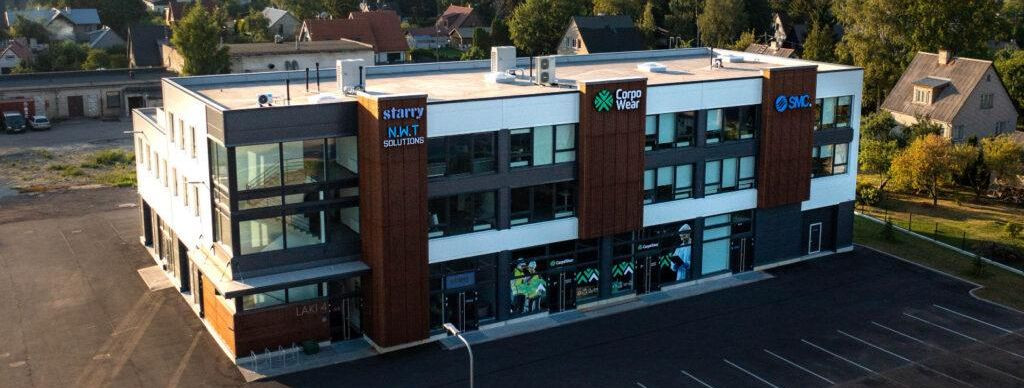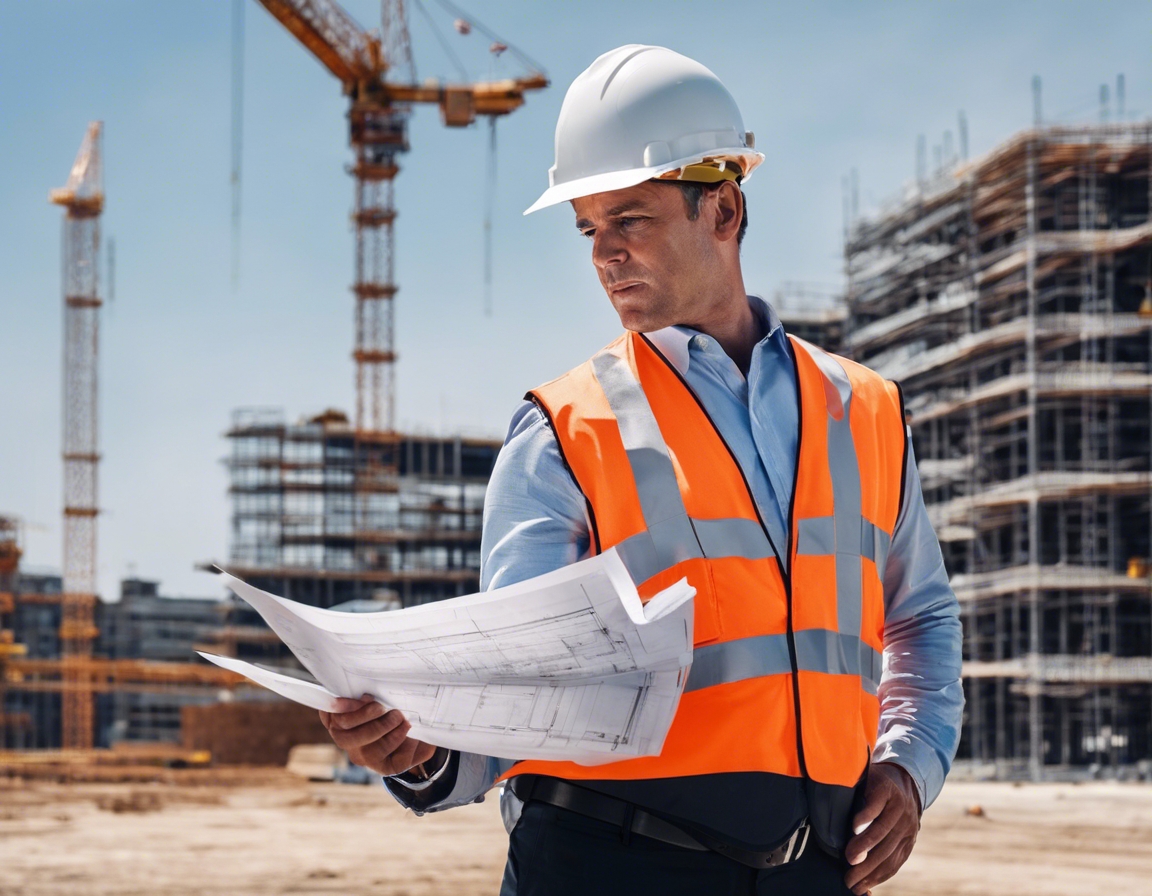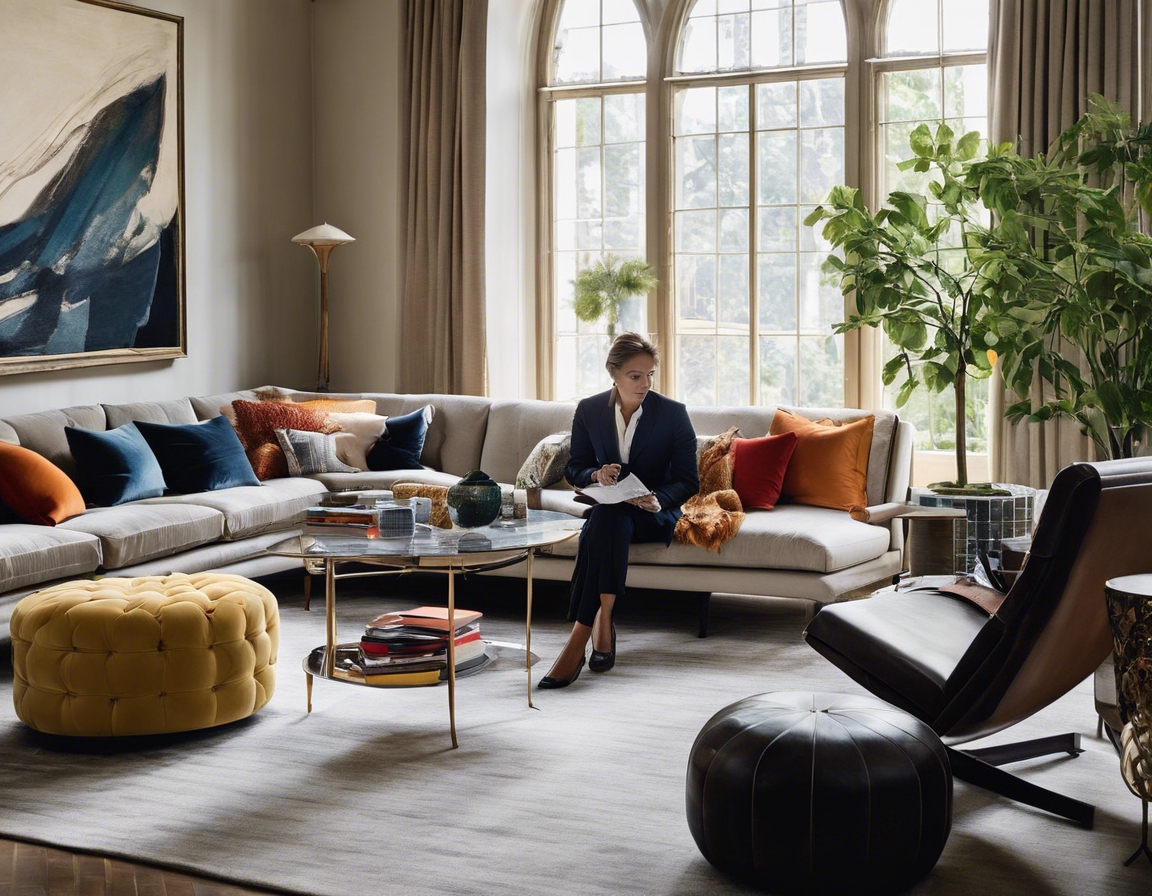Sustainable building: more than just a trend
Sustainable building, often referred to as 'green building,' is the practice of creating structures and using processes that are environmentally responsible and resource-efficient throughout a building's life-cycle. This approach goes beyond the mere reduction of energy consumption to encompass every stage of construction, from siting to design, operation, maintenance, renovation, and even demolition.
The concept of sustainable building is not new, but it has evolved significantly over the past few decades. Initially focused on energy conservation, it has expanded to include a broader range of environmental, social, and economic factors, making it a comprehensive approach to construction.
The Pillars of Sustainable Construction
One of the core elements of sustainable building is energy efficiency. This involves designing buildings that make the most of natural light and ventilation, use high-performance HVAC systems, and incorporate renewable energy sources like solar and wind power.
Resource efficiency is about minimizing the impact on the earth's resources. This includes using materials that are durable, recyclable, and sourced from responsible suppliers, as well as reducing waste during the construction process.
Protecting the environment is a key goal of sustainable building. This means not only reducing pollution and waste but also enhancing the natural environment through the integration of green spaces and biodiversity.
Improving the quality of life for occupants is another important aspect of sustainable construction. This includes creating healthy indoor environments with good air quality and access to natural light, as well as designing spaces that promote well-being and productivity.
Economic viability ensures that sustainable building practices are cost-effective and offer a good return on investment. This involves considering the long-term operational costs of a building, not just the initial construction expenses.
Technological Innovations Driving Sustainable Building
Building Information Modeling (BIM) technology has revolutionized the construction industry by enabling better planning, design, construction, operation, and maintenance of buildings. BIM facilitates efficient collaboration among all stakeholders and integrates sustainability considerations from the outset.
The integration of renewable energy sources, such as solar panels and wind turbines, into building designs is becoming increasingly common, reducing reliance on fossil fuels and lowering greenhouse gas emissions.
Green building materials, which are non-toxic, sustainably produced, and recyclable, are essential to sustainable construction. They reduce the environmental footprint of buildings and can improve indoor air quality.
Smart building technologies, such as automated lighting, heating, and cooling systems, optimize energy use and enhance the comfort of building occupants.
Challenges and Solutions in Sustainable Building
While regulations are essential for enforcing sustainability standards, they can also pose challenges. Navigating the complex web of local, national, and international codes requires expertise and foresight.
Despite the long-term savings, the upfront cost of sustainable building can be higher than traditional construction. However, with strategic planning and the use of cost-effective materials and technologies, these costs can be mitigated.
The construction industry must overcome knowledge and skill gaps related to sustainable building practices. Continuous education and training are vital for professionals to stay abreast of the latest trends and technologies.
Buildings must be designed to withstand the impacts of climate change, including extreme weather events and rising sea levels. This requires innovative thinking and a forward-looking approach to design and construction.
The Role of Professionals in Sustainable Building
Architects and designers are at the forefront of sustainable building, creating innovative solutions that balance aesthetics with environmental responsibility.
Construction companies play a crucial role in implementing sustainable building practices on the ground. Their expertise in efficient construction methods and materials is essential for the successful delivery of green projects.
Real estate developers influence the market by investing in sustainable buildings. Their commitment to green construction can drive industry-wide change and set new standards for sustainability.
Why Sustainable Building is the Future
The long-term benefits of sustainable building, such as reduced operational costs and increased property values, make it a smart investment for the future.
As market demand for green buildings grows and consumer awareness of sustainability issues increases, the industry must adapt to meet these expectations.
Regulatory trends are increasingly favoring sustainable building, with governments around the world offering incentives for green construction projects.





Comments (0)